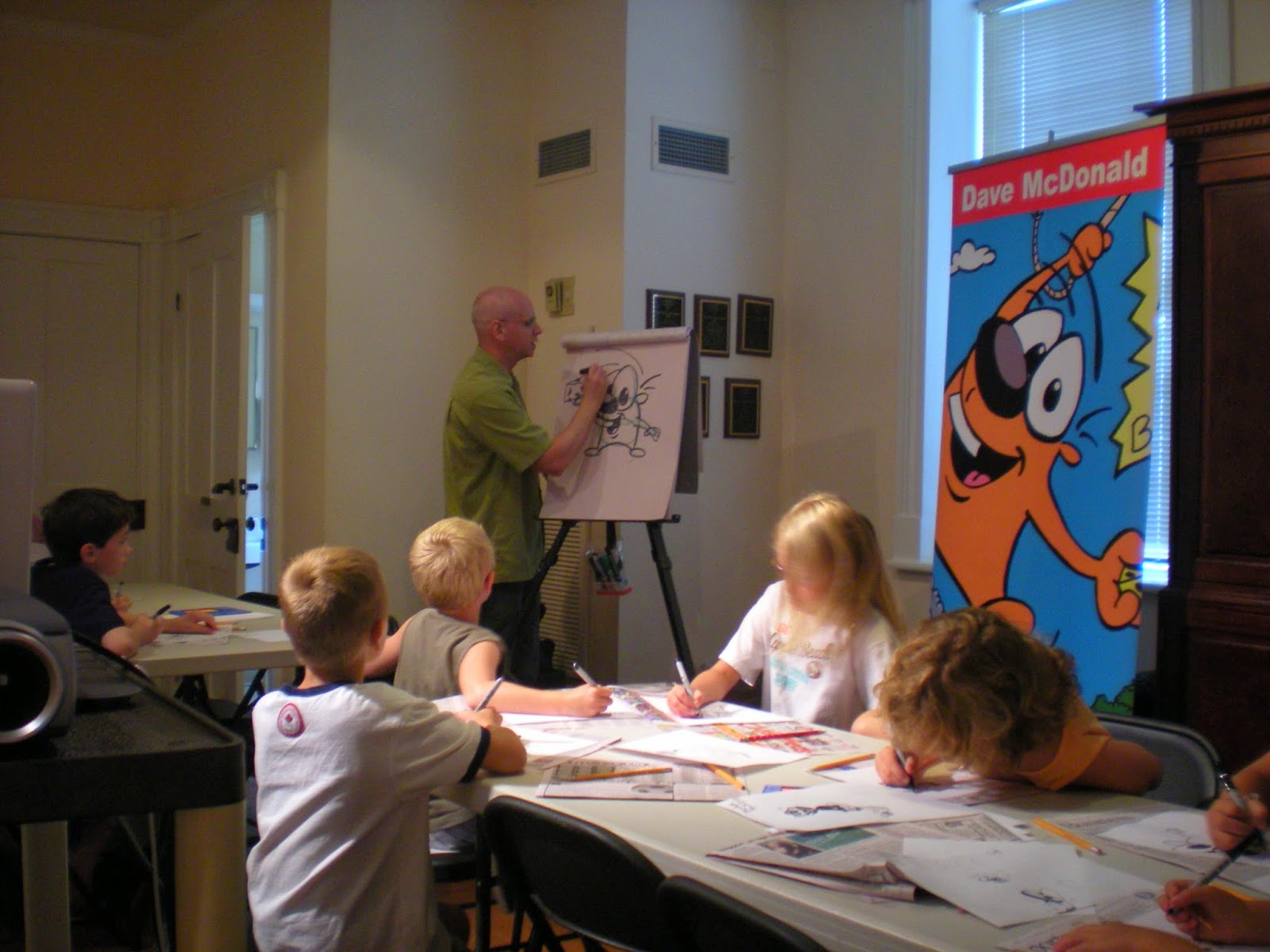National Day of Happiness
by: Regan Brooks- Registrar
Yesterday was the
first day of Spring, also known as The National Day of Happiness (Coincidence?
I think not!) And even though the forecasters are saying Winter hasn’t quite
left the stage yet, the gorgeous day today makes me hope they’re wrong.
Something about the coming of spring just puts a smile on your face. Speaking
of smiles, (were we? Roll with it, folks) Curatorial has recently been
reviewing some of our glass plate negative collection in hopes of getting some
grant money for conservation. These are all from local photographer, Harley
Ferguson and show a glimpse of the folks living in the area at the turn of the
last century. Not too many smiles, huh?
Of course, we can forgive the young soldier for not
smiling. Not too much of a reason to do
so when you’re about to get shipped off to the killing fields of Europe.
Honestly, he looks a bit worried. But, shouldn’t you at least smile on your
wedding day?
“But Regan, life was hard back then. You should know that!”
“People had it rough, they didn’t smile as much.” “Pictures were a big deal; it
was a serious affair. You couldn’t just whip out your camera and take a
picture!” Right? Wrong. Now, I grant you, these particular photos were from a
professional photographer, so yes it was a bit more of a ‘serious’ affair (how
many times did your mom have tell you to stop playing and smile nicely for that
family portrait?) But Brownie disposable cameras were widely available at your
local drugstore for $1 in 1900. Picture taking was becoming pretty commonplace.
“Okay, we get that. But still, life was hard back then.” And
it’s easy now? Different times, different stresses. And different behavior expectations. People smiled just as much
back then as they do now, just not in pictures. To be sure, photography was a
lot more prevalent, but society still wasn’t far from the days of having to sit
for hours while an artist painted your likeness, a process both time-consuming and
incredibly expensive. For such a product, you did not want to come across
looking like a fool, so you sat still and looked somber. And that translated
over into photography. Society in general still had the idea that regardless of
how happy-go-lucky you were, for a picture, you sit still and don’t act the
fool.
Of course, some folks’ personalities were apparently so
jovial, they didn’t care.

Do I detect a slight smile there, Dad? I'm thinking so!












